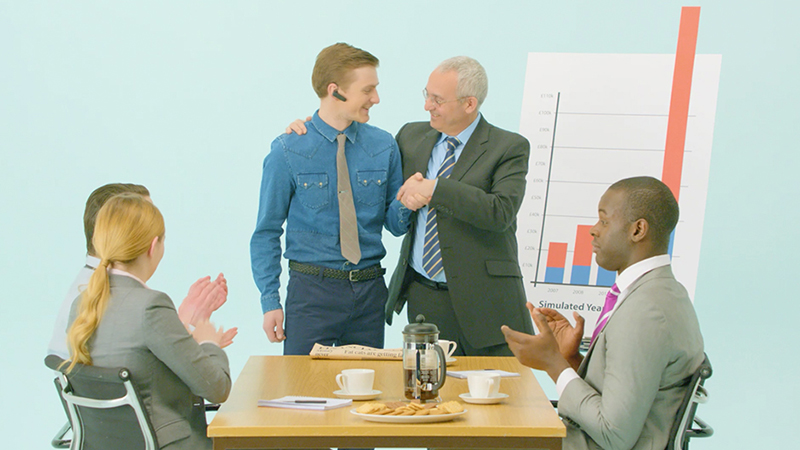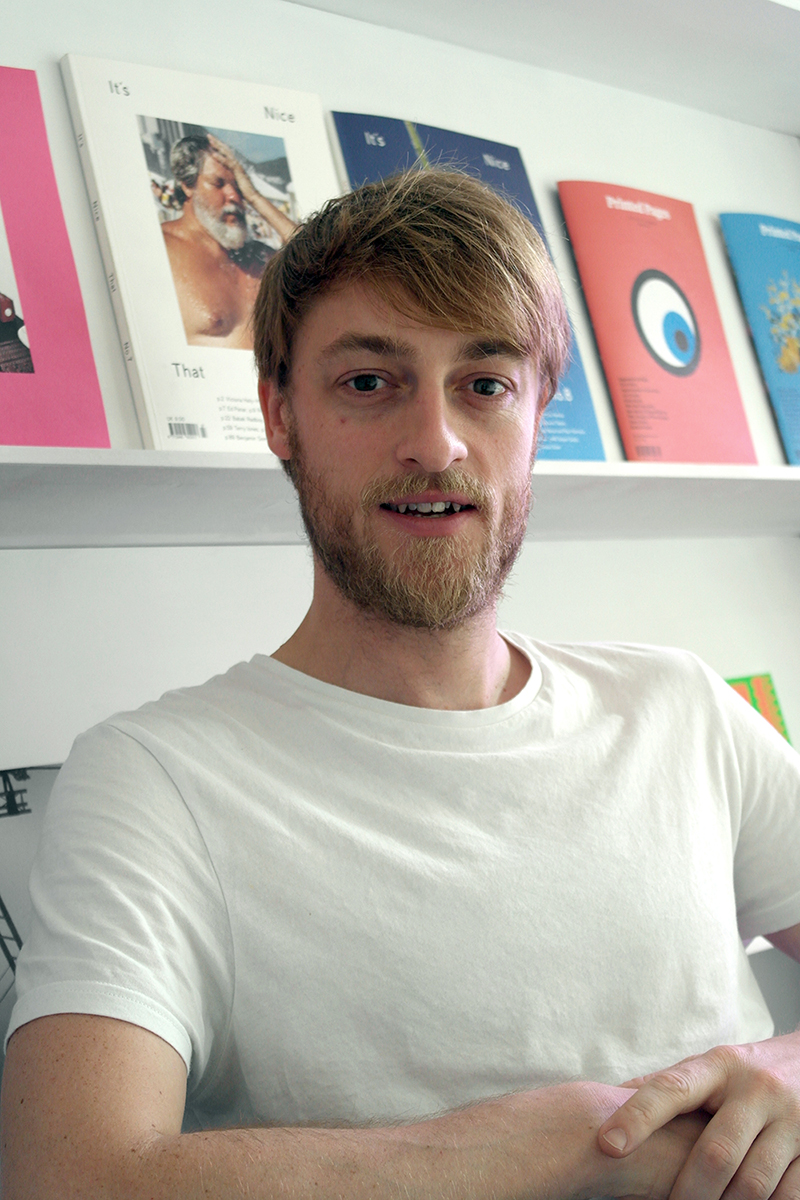
01 – Where are you in and why are you there?
I’m living in Stoke Newington in London. I moved over here in March 2009 to be closer to my girlfriend and sample other studios and agencies.
02 – Where are you working? How did you get there?
Since November last, I’ve been working full-time with INT Works as an art director. Before that I’d been freelancing as a designer in studios around London and had always tried to keep in touch with nice people I’d met along the way. One of them, Rob Peart, introduced me to the gang at INT Works and I’ve been here since. Good man Rob! (Rob actually works here full-time now too).
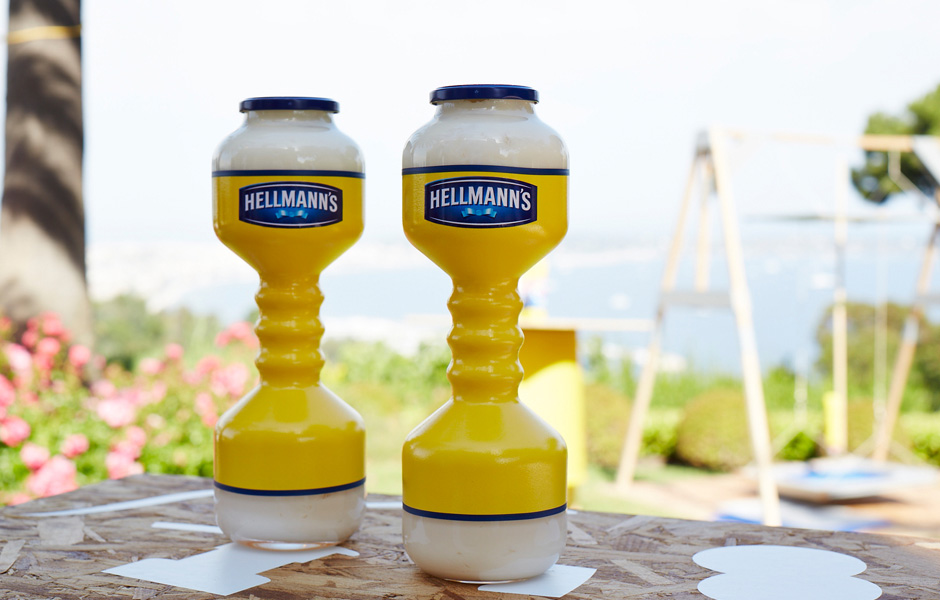
03 – What’s the working culture there like [place / studio]
INT Works is just over a year and a half old and growing at a steady pace so there’s a great sense of excitement in the studio. Apart from me (I’m ancient), everyone is under 30 which not only adds to the excitement but also helps foster a real ‘can do’, positive attitude. Nothing phases this lot. Collaboration and diversity are central to the studio’s culture. All the creative thinking, direction, design and strategy is done collaboratively in-house, then we work with amazing artists and suppliers to produce the various elements a project might need. Recently we’ve worked on advertising campaigns, exhibition curation, identity projects, short films and interactive installations. Lots and lots of diversity.
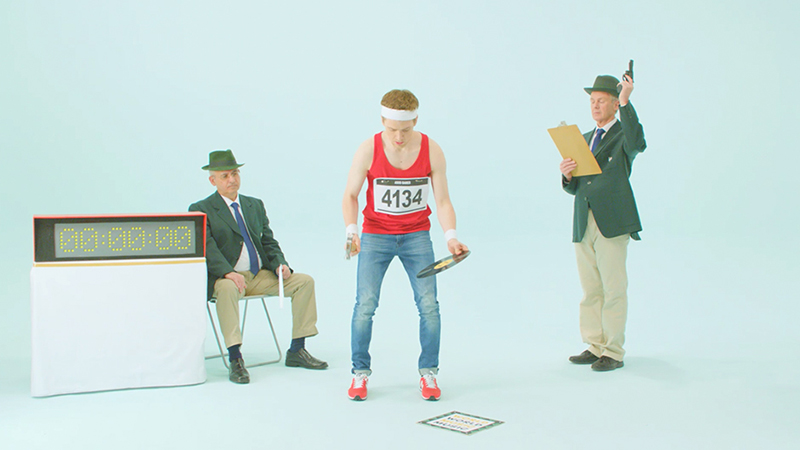
04 – Irish designer or just ‘designer’?
Irish designer but more recently Irish art director (although I’m not totally sure what that means).
05 – Do your Irish experiences set you apart in any way?
Yes, I think they do.
Firstly, because the creative/design scene in Dublin is relatively small when compared with other big European cities, I think Irish designers tend to develop a broader set of creative skills early on. Because of the city’s more immediate size perhaps there’s a need to be more hands on and DIY. In bigger cities like London it makes sense to maybe specialise on one skill sooner in order to be more competitive and meet specific demand. A lot of my creative friends over here tend to focus on one area. For me I think I’ve found having some sort of breadth of creative skills has especially helped me convert to art director.
Another area I think being Irish is a benefit is storytelling. Maybe it’s a cliché to say but storytelling is at the heart of what it means to be Irish to me. This sharing of stories in engaging, humorous and accessible ways seems to lend itself so easily to the creative world. For me having this narrative-lead view of things is a big plus.
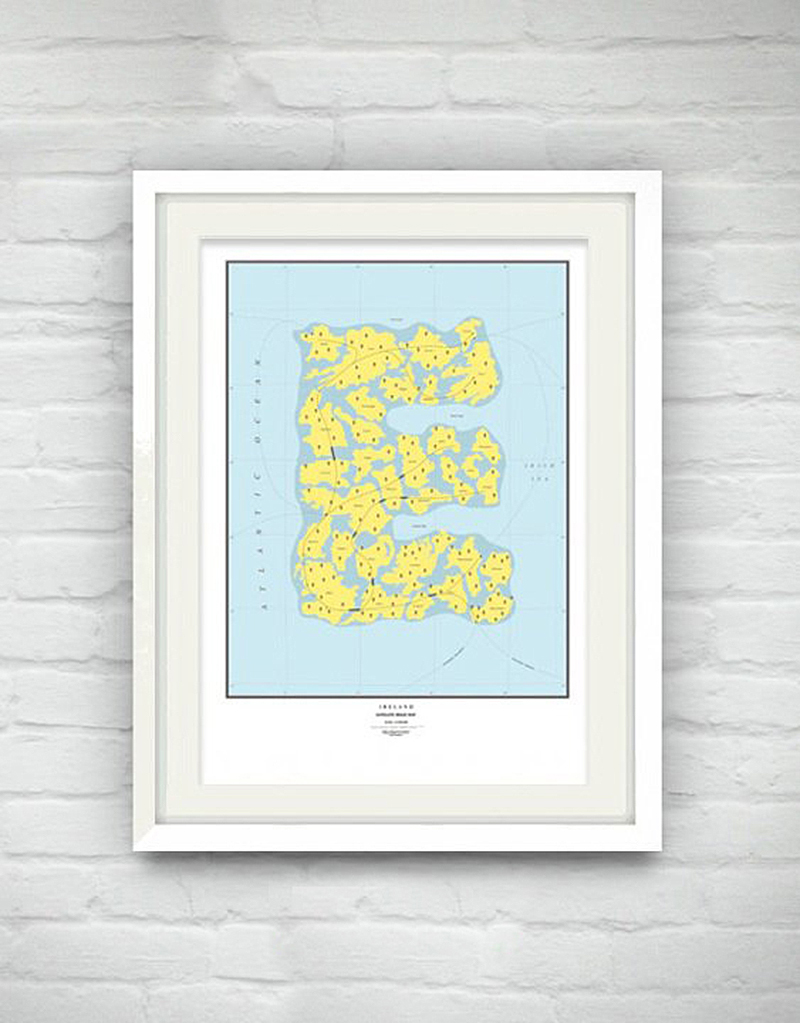
06 – Do you keep an eye on what’s happening here? Do your colleagues?
I sure do. A company I’m involved in (Synth Eastwood) is split between Ireland and England. Because there’s three of us in each country we’re kept up to date with what’s happening fairly regularly. My colleagues at INT Works are definitely seeing a lot more work from Ireland since I’ve arrived. Lots more to come too.
07 – Are your colleagues there active in promoting and celebrating their design culture?
We’re very lucky to share our studio with our sister company, It’s Nice That who champion creativity across the art and design world. Because of this close relationship, we’re especially clued in with all that’s going on in the creative world and beyond. An amazing situation to be in.
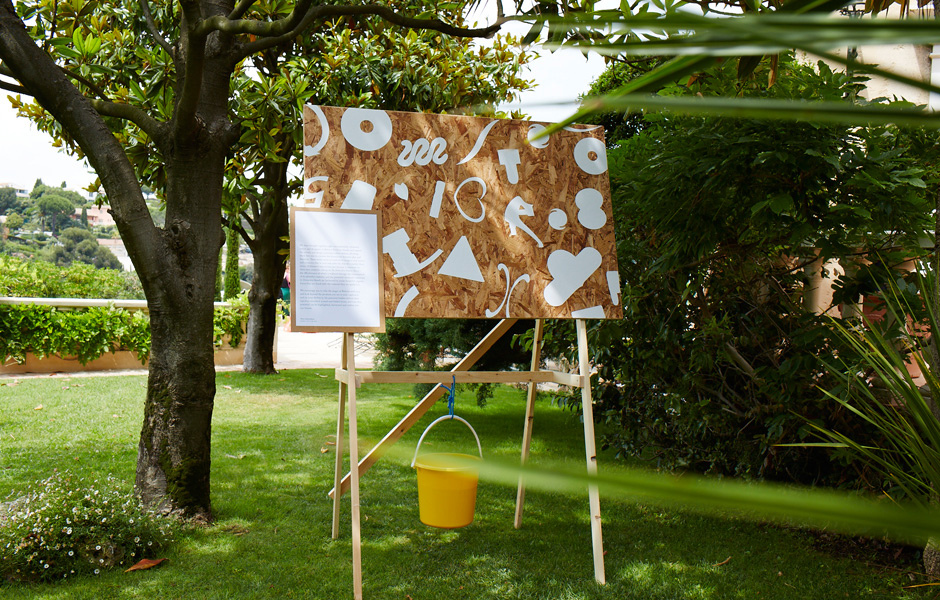
08 – 3 Designers / studios there that you admire
· Wayne Hemmingway
· Daniel Eatock
· Hellicar & Lewis
09 – Is there an Irish designer or piece of design that inspired / inspires you?
I have a tea towel that Pony designed for the Cake Cafe in Dublin that I really love.
10 – How do you / your workplace archive, record and promote its projects?
We’ve a good system for when it comes to wrapping up a project. Firstly we’ll review everything internally to make sure our process is as robust as it can be. We’ll then share all the learnings from a project with everyone in the studio.
After this we’ll invite the client in and review the project thoroughly with them. What’s great about this is that we get to see the project from their side and get a better understanding of how the project affected their business or organisation. This has amazing benefits.
After this we’ll document the project in a way that shows it in context, upload it to our website and send out a newsletter. Where possible we’ll always try and include a quote from the client and some measurable results.
Then we celebrate!
